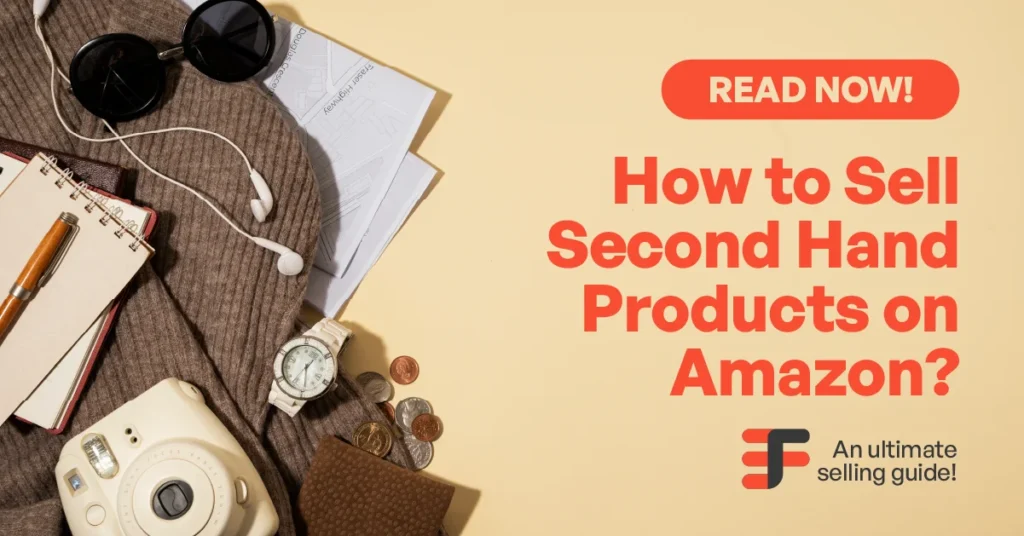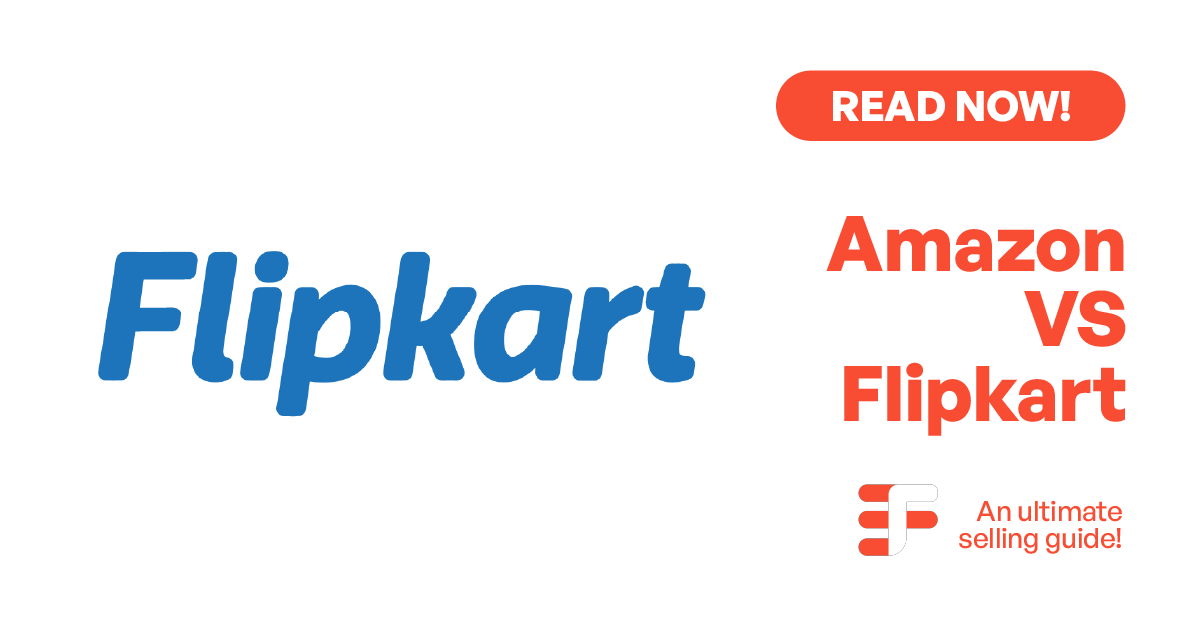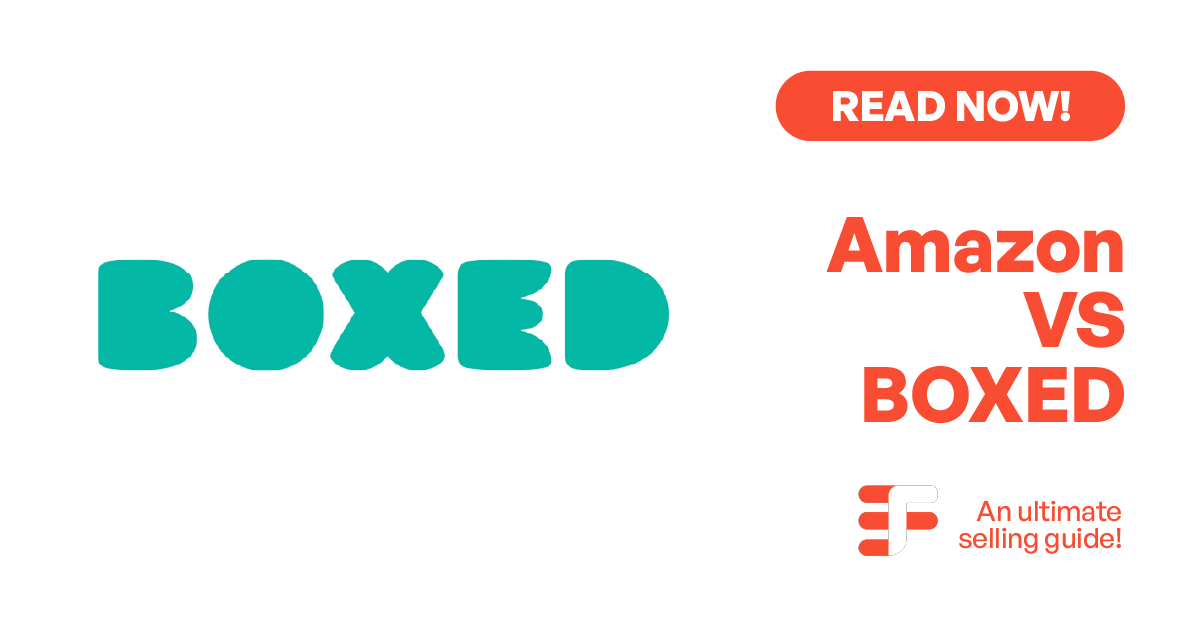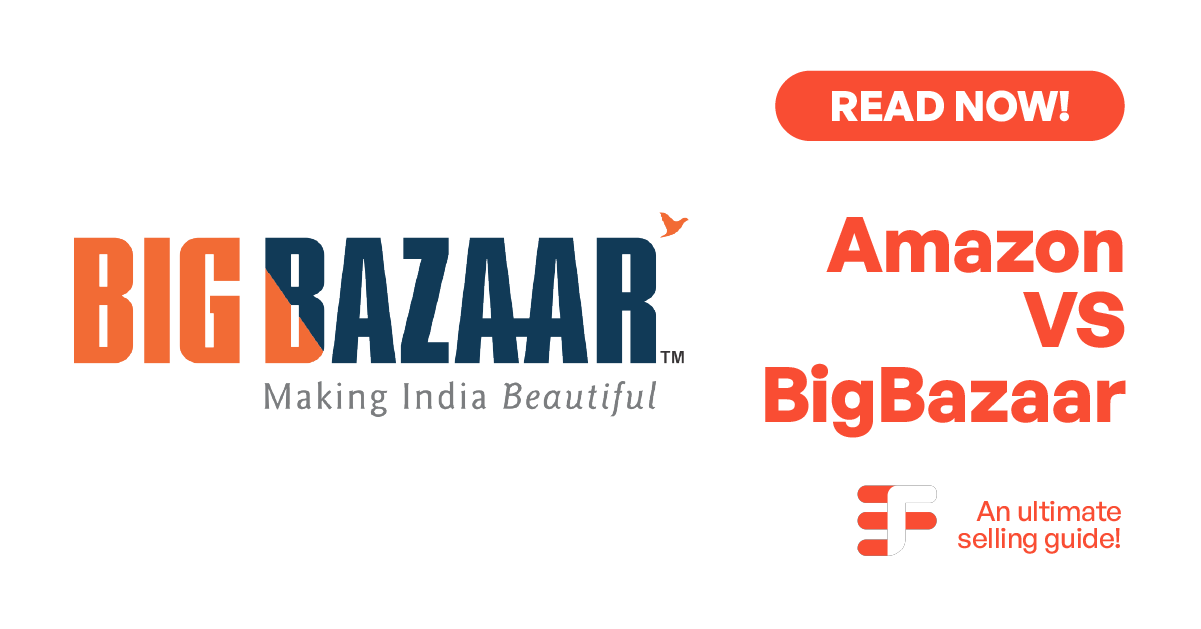When selling used items on Amazon, understanding the platform’s condition guidelines is crucial to ensuring buyer satisfaction and maximizing sales. Amazon provides specific standards for categorizing products as “Like New,” “Very Good,” “Good,” or “Acceptable,” allowing buyers to have confidence in their purchases. Accurate listings can lead to increased trust and higher sales conversions.
In this blog, we’ll explore Amazon’s used condition guidelines in detail. Whether you’re new to selling or looking to improve your listings, adhering to these guidelines is essential for success.
Table of Contents
ToggleType Of Used Product That You Can Sell on Amazon

Popular items include used books, electronics, clothing, and home goods. Many buyers prefer pre-owned items to save money, creating demand for second-hand goods.
Selling gently used items in good condition can attract customers. Amazon’s platform provides a convenient way to reach a large audience for these products.
Used Books

Selling used books on Amazon can be a lucrative venture, as many buyers seek out textbooks, novels, or rare editions for studying, collecting, or casual reading. The resale value can vary significantly based on the book’s condition, rarity, and demand.
Cost: $1 – $10 (for sourcing);
Profit: $5 – $30 per sale (depending on the book);
Example: A used college textbook might be purchased for $10 and sold for $50.
Electronics

Used electronics such as smartphones, laptops, cameras, and gaming consoles often command higher resale prices, as buyers frequently look for affordable, second-hand alternatives. Ensure that the electronics are fully functional and in good cosmetic condition before listing them, as this impacts their selling price.
Cost: $50 – $300 (for sourcing);
Profit: $30 – $200 per sale;
Example: A used smartphone bought for $150 might be sold for $300.
Clothing and Shoes
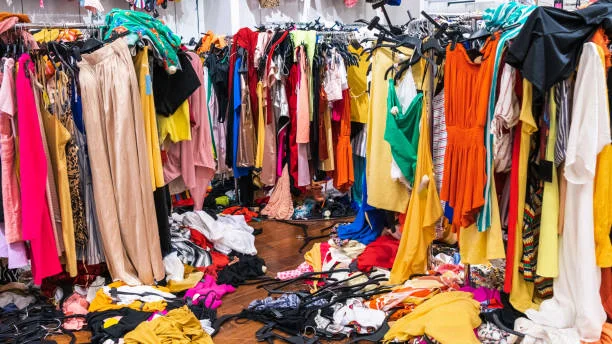
Gently used clothes and shoes, especially from well-known brands, consistently attract buyers looking for deals on fashionable pre-owned items. This market is thriving, particularly among eco-conscious consumers seeking sustainable fashion choices.
Cost: $5 – $30 (for sourcing);
Profit: $10 – $50 per sale;
Example: A pair of branded sneakers purchased for $20 could be sold for $60.
Home Goods

Household items like kitchen appliances, furniture, and home décor are often in demand, especially if they are in good condition. Buyers appreciate the value of purchasing used goods that still function well, allowing them to save money while furnishing their homes.
Cost: $10 – $100 (for sourcing);
Profit: $20 – $100 per sale;
Example: A used blender bought for $25 can be resold for $70.
Baby Products

Parents are often on the lookout for affordable used baby gear, such as strollers, highchairs, and toys, as these items are typically used for a short time and may still be in excellent condition. Selling baby products can lead to quick sales due to the high demand from budget-conscious families.
Cost: $5 – $50 (for sourcing);
Profit: $10 – $60 per sale;
Example: A gently used stroller purchased for $40 could sell for $100.
Finding Used Product to Sale on Amazon
Start by checking your home for items you no longer use. Things like books, electronics, clothes, or kitchen appliances can often be sold if they are in good condition. You might be surprised by how many valuable items are just sitting around unused.
Next, you can visit thrift stores, garage sales, or markets. These places often have gently used products that you can buy at a low price and resell on Amazon. Look for popular items such as branded clothes, tech gadgets, and household goods, as they tend to sell quickly.
Another option is to search for deals online on platforms like Facebook Marketplace, Craigslist, or eBay. Many people sell their items cheaply, and with a bit of research, you can find things to flip for profit on Amazon.
Finally, always check Amazon’s guidelines for selling used items. Ensure the products meet their condition standards and provide accurate descriptions and photos. This helps build trust with buyers and increases your chances of making successful sales.
Amazon’s Used Condition Guidelines
Amazon’s used condition guidelines help ensure that products sold as “used” meet specific standards, offering buyers confidence in the quality of what they purchase. Here’s a breakdown of Amazon’s guidelines for selling used items:
Used – Like New
Products listed as “Like New” are in excellent condition. The item should have no signs of wear and appear as if it has never been used. It might come without original packaging, but it should be fully functional. All parts, accessories, and instructions (if applicable) must be included.
Used – Very Good
Items in “Very Good” condition have been gently used. There may be minor cosmetic defects, such as small scratches or slight wear, but the product should still work perfectly. Original packaging may be missing or slightly damaged. All essential parts must be present and functional.
Used – Good
Products in “Good” condition show more visible signs of wear, such as noticeable scratches or marks, but they are still fully functional. Some accessories or parts may be missing, but this should be clearly mentioned in the product listing. The product should still be usable without needing any repairs.
Used – Acceptable
Items labeled as “Acceptable” have clear signs of heavy use. There may be significant scratches, dents, or other cosmetic damage, and parts or accessories may be missing. However, the product must still function properly and serve its intended purpose.
Restrictions
Certain products, like personal care items, food, and baby products, cannot be sold as used for safety and hygiene reasons.
Setting Up an Amazon Seller Account

Setting up an Amazon seller account is a straightforward process, allowing you to start selling products quickly. Here’s how to do it:
- Choose Account Type
Individual Account: Suitable for those selling fewer than 40 items per month. There’s no monthly fee, but you incur a per-item selling fee.
Professional Account: For sellers with a higher volume (over 40 items/month) that includes a monthly subscription fee and offers additional selling tools. Learn More
- Register for an Account
To set up your seller account, go to Amazon’s “Sell on Amazon” page. You’ll need to provide your email address and password to create a new account or use your existing Amazon customer account. Follow the steps to enter your business information, including your name, address, and contact details.
- Provide Payment and Tax Information
Next, Amazon will ask for your bank account details to deposit your earnings. You’ll also need to provide a valid credit card for verification and tax information, such as your Social Security Number or Employer Identification Number (EIN).
- Create Your Seller Profile
Once your account is set up, create a seller profile that represents your brand. You can upload a logo, write a business description, and choose a display name for your store.
- Start Listing Products
Now you’re ready to start selling! Simply create product listings by entering details like the product title, description, price, and condition. Be sure to choose the correct category and add high-quality images.
Start Branding of Your Product
Clearly define what your brand represents. What values do you prioritize? Is it quality, sustainability, affordability, or something else? This helps build an emotional connection with your audience.
Identify your ideal customers. Understand their preferences, needs, and challenges, which will help shape your branding strategy. Determine what sets your second-hand products apart. It could be the quality of the items, affordability, or the sustainability factor. Ensure this is communicated effectively.
- Create a Logo
Your logo is the face of your brand. It should be simple, memorable, and reflective of your product’s identity. Whether you choose to design it yourself or hire a professional, make sure the logo is unique and can be easily recognized across different platforms, such as your website, social media, and packaging.
- Define Your Product’s Aesthetics
The look and feel of your product play a major role in how customers perceive your brand. Focus on the color scheme, packaging design, and overall presentation. The aesthetics should align with your target audience’s preferences. For example, a sleek, minimalist design might appeal to tech-savvy customers, while bright and playful packaging could attract a younger demographic.
- Set the Right Price
Pricing is a critical part of branding. The price you set communicates value to your customers. If your product is priced too low, it might seem cheap or low-quality. If it’s too high, you could lose customers to competitors. Research your market and find a pricing strategy that reflects the quality of your product while remaining competitive.
- Develop a Brand Story
Your brand story gives your product meaning and connects emotionally with customers. Share the mission behind your brand, how the product was developed, and why it’s unique. A strong brand story helps build trust and loyalty.
- Consistency Across All Platforms
Maintain consistent branding across your website, social media, packaging, and marketing materials. This creates a unified image and helps customers recognize your brand easily.
By focusing on these elements, you can create a powerful and memorable brand that stands out in the market.
Do Amazon Marketing or Hire an Amazon Consultant

When selling on Amazon, effective marketing is crucial to gaining visibility and driving sales. Sellers often face the question: should you handle Amazon marketing yourself or hire an Amazon consultant? Both approaches have their benefits, but understanding the key marketing tools on Amazon is essential, regardless of the path you choose.
One important element of Amazon marketing is Amazon Storefront Design. Your storefront is the online “face” of your brand, offering customers a curated space to browse your products. A well-designed storefront showcases your brand’s identity, with custom pages that highlight bestsellers, new arrivals, and special deals.
Creating an engaging storefront requires attention to aesthetics, layout, and user experience, ensuring visitors can easily find what they’re looking for. Hiring a consultant with expertise in storefront design can help you create a professional and compelling brand presence on Amazon.
EcomFleet understands the challenges that come with managing Amazon marketing and offers tailored solutions to help businesses grow. Whether you need assistance with storefront design, PPC management, or overall brand strategy.
Hire Ecomfleet to Skyrocket your Amazon sales
If you are unsure where to start or need expert help, consider reaching out to Ecomfleet. Our experienced consultants can help your coffee brand thrive in a competitive market. Let us handle the details so you can enjoy the rewards of your hard work.
Tracking Sales and Analyzing Performance
Tracking sales and analyzing performance are essential for any Amazon seller looking to grow their business. Regularly monitoring your sales data helps you understand customer behavior, identify trends, and adjust your strategies accordingly.
Amazon provides various tools, such as the Sales Dashboard, which gives insights into your total sales, units sold, and average selling price. You can also track metrics like conversion rates and customer reviews to gauge how well your products resonate with buyers.
Utilizing Amazon Seller Central allows you to generate detailed reports on your product performance, advertising campaigns, and inventory levels. By analyzing this data, you can identify top-performing products and those that may need improvement.
Moreover, examining performance metrics over time enables you to make informed decisions about pricing, marketing, and inventory management.
Some top used Item Resellers on Amazon
Several top used item resellers have successfully carved out their niche on Amazon, offering a wide range of products while maximizing their profits. For more information
Here are a few notable ones:
ThriftBooks
ThriftBooks specializes in used books and is one of the largest online sellers of second-hand literature. They provide a vast selection, from bestsellers to rare finds, appealing to avid readers looking for affordable options.
Price: $4-$15
Decluttr
Decluttr focuses on used electronics, including smartphones, tablets, and DVDs. They offer a simple selling process, allowing customers to sell their unwanted tech easily while also providing a marketplace for others to buy refurbished items at lower prices.
Price: $20-$300
eBay
While not exclusively an Amazon reseller, many eBay sellers leverage Amazon’s platform to reach a broader audience. Resellers often list used items like clothing, collectibles, and electronics, taking advantage of Amazon’s vast customer base.
Price: $5-$200
Goodwill
Goodwill Industries sells a variety of donated items, from clothing to home goods, through their Amazon storefront. This not only supports their charitable mission but also provides buyers with unique, budget-friendly options.
Price: $5-$50
Conclusion
Selling used items on Amazon can be a rewarding venture, offering both financial benefits and a sustainable shopping option for consumers. By understanding the platform’s guidelines, effectively branding your products, and utilizing marketing strategies like Amazon PPC and storefront design, you can enhance your visibility and sales potential. Additionally, tracking your sales performance allows you to make informed decisions that drive growth.
Frequently Asked Questions:
- What types of used items sell best on Amazon?
Used books, electronics, clothing, and home goods are among the most popular categories that tend to sell well on Amazon due to their demand and affordability.
- How do I set the right price for my used items on Amazon?
Research similar items and their prices on Amazon to determine a competitive rate. Consider the item’s condition and rarity, and factor in shipping costs when setting your price.
- Can I sell used items without an Amazon Seller account?
No, you must create an Amazon Seller account to sell used items on the platform. This allows you to manage your listings, track sales, and interact with customers.
- What are the advantages of hiring an Amazon consultant?
Hiring an Amazon consultant can provide expert guidance in optimizing your product listings, managing PPC campaigns, and improving your overall marketing strategy, ultimately leading to increased sales and better business performance.

